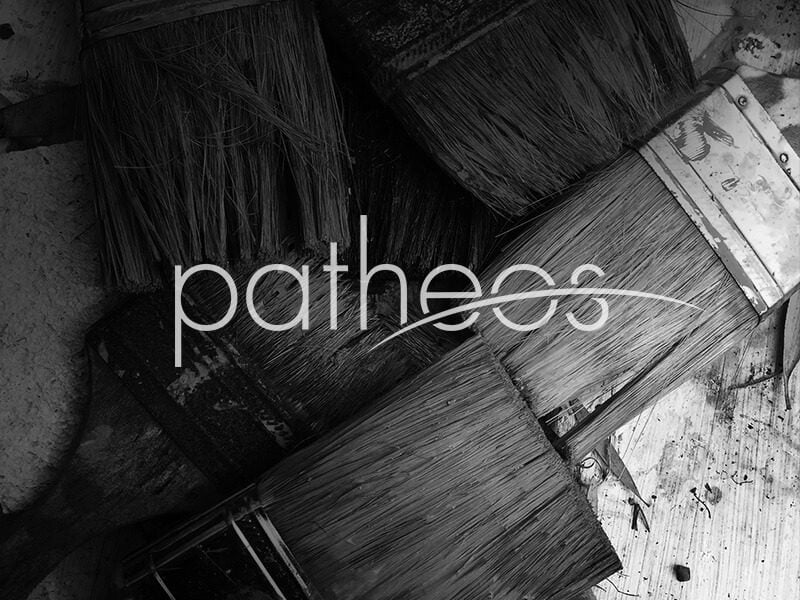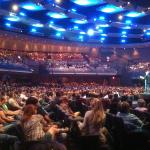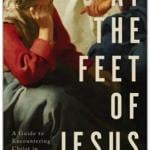In his contribution to Signifying Identities, Fredrik Barth suggests that our notion of political, economic and social boundaries is an extension of the feeling that a tool extends the body: When you hold a knife or a spoon in your hand and use it as an implement, the experienced limit of your body is no longer the skin of your hand, but the cutting edge of your knife or the cup of your spoon. Likewise, when we learn to use... Read more




















